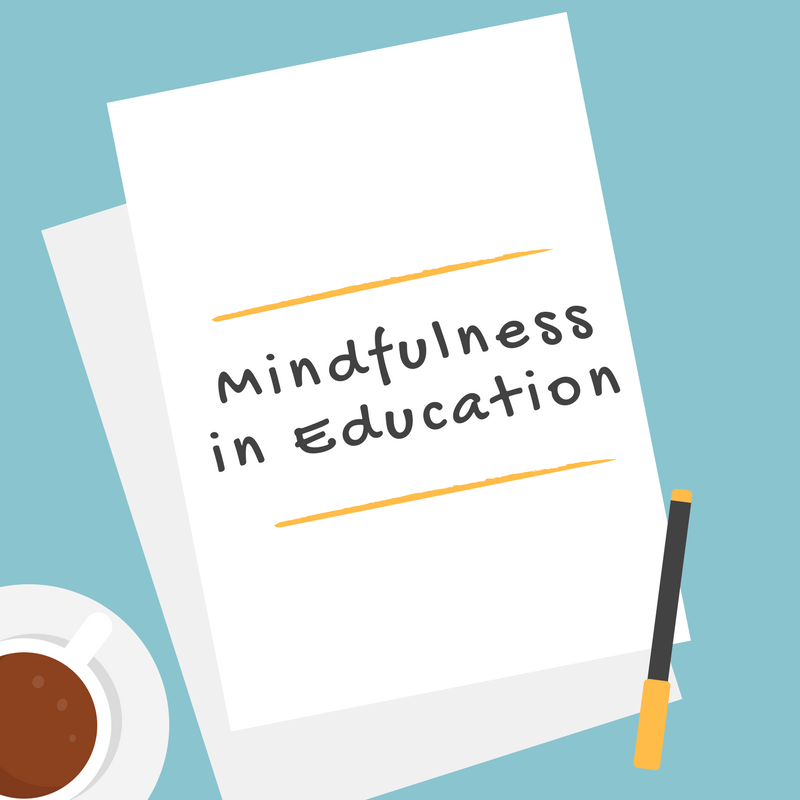The first rays of the morning sun spilled through a row of trees beyond my front yard and fell sharply on the lids of my closed eyes. It was 5:30 AM, and I was meditating. Or, at least, trying.
Sitting cross-legged on the floor, my back hurt, my feet ached, and my shoulders were tense. I was tired and hungry and ready for a cup of coffee. It was not a holiday that allowed me the chance to sit here, doing nothing, for a few moments. In fact, there was plenty to do: lessons to teach, essays to grade, meetings to attend, parent phone calls to make, and my car needed an oil change and a new rotor.
But I had made the commitment, some weeks before, to meditate for ten minutes each day before work. It was neither glamorous, nor transcendent. Six years on, though my practice still lacks glamour and rarely yields any state of transcendence, it has become a profound source of calm and stability in my life. From it, I have gained deep insights into my own perceptions, judgments, and emotions. And because of this, I believe it has allowed me to interact with my students more compassionately and to make wiser choices that more likely serve their best interests.
I could yell this from the rooftops, write reams about it, and speak ad nauseam to empty conference rooms, but I won’t. In the end, though I could tell you all about it, the value of mindfulness only becomes meaningful through one’s own personal experience of it.
In February, I began a three-part series on mindfulness in education. It’s not uncommon to hear educators touting the value of mindfulness for their students while they themselves do not practice. This is a little like a piano teacher who has never actually played the piano. In this post, I seek to provide 4 simple steps that will encourage the development of your personal mindfulness practice. Here goes:
1. Make it a part of your schedule
Are you a morning person? A night owl? Whatever the case, choose a time of day that works best for your schedule and set aside a small block of time to practice.
2. Start with Guided Meditation
As you begin your practice, it can be difficult to navigate the waters of your own mind. Guided Meditation audio provides a lot of encouragement when getting started. Though you can find any number of mindfulness and meditation apps, go with one that’s highly rated. Headspace is a guided meditation platform that’s simple and straightforward. In time, if you desire, you can experiment with unguided meditation.
3. Create a Space
Just as you might devote a space in your home to complete work or exercise, it’s helpful to set aside a small space to practice mindfulness. This need not be fancy or ornate. If you prefer to practice while seated on the floor, you might have a yoga mat and a cushion to support you. Whatever the case, this space provides a reminder to practice and eliminates the chore of having to set up a spot each time you wish to do so.
4. Practice. Every. Day.
I cannot stress this enough. The biggest obstacle to practicing mindfulness is one’s own ability to generate an unending list of excuses as to why one should not be practicing. So, on days that you are feeling particularly busy or overwhelmed, what should you do? You should practice! Feeling a little under the weather? Practice! Feeling energized and positive? Practice! Above all, a strong resolve to practice daily is essential.
As you get started, you may find that your interest ebbs and flows. This is normal. You might also find yourself asking questions about how to practice, or how long, or how to stay focused. Luckily, the internet is packed with resources. To kickstart your search, I’ve included a few resources you might find helpful.
How to Practice Mindfulness
(https://www.mindful.org/how-to-practice-mindfulness/)
How to Find the Right Meditation Posture for Your Body
(https://www.mindful.org/find-right-meditation-posture-body/)
Headspace: A Guided Meditation Platform
(https://www.headspace.com/)
Next month, I’ll continue my series, focusing in on ways to develop mindfulness programs for teachers, before finishing the series with a post on its benefits for young people and how to incorporate it in the classroom.
Zephaniah grew up in the Bluegrass, the second youngest in a family of 9. Growing up, he informally studied music and writing. Upon graduation from High School, he formally pursued degrees in Vocal Music and Creative Writing. After earning his degree, Zephaniah moved to Tennessee and joined the Nashville Teaching Fellows. At the end of summer training in 2012, he was hired at STEM as the Founding 6th Grade Reading Teacher. In the years that followed, Zephaniah taught Creative Writing and Music; he worked as a part-time Behavior Specialist before moving into the Dean of Culture position in 2016-17 year. Currently, Zephaniah focuses his efforts on student behavior with a special emphasis on mindfulness and restorative justice practices.

